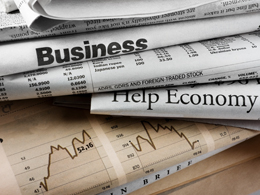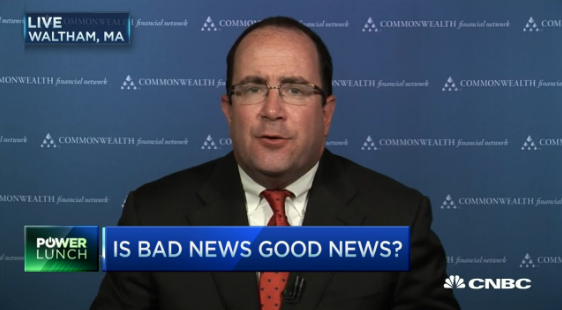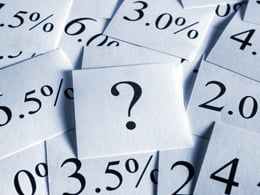Yesterday, I talked about housing demand and concluded that it is not only healthy but likely to increase. This represents only one-half of the picture, however. In many ways, the more important half is what that demand means for the housing supply. Home building requires labor, materials, financing, and most other sectors of the economy, so it can provide even more of a boost to the economy as a whole.














